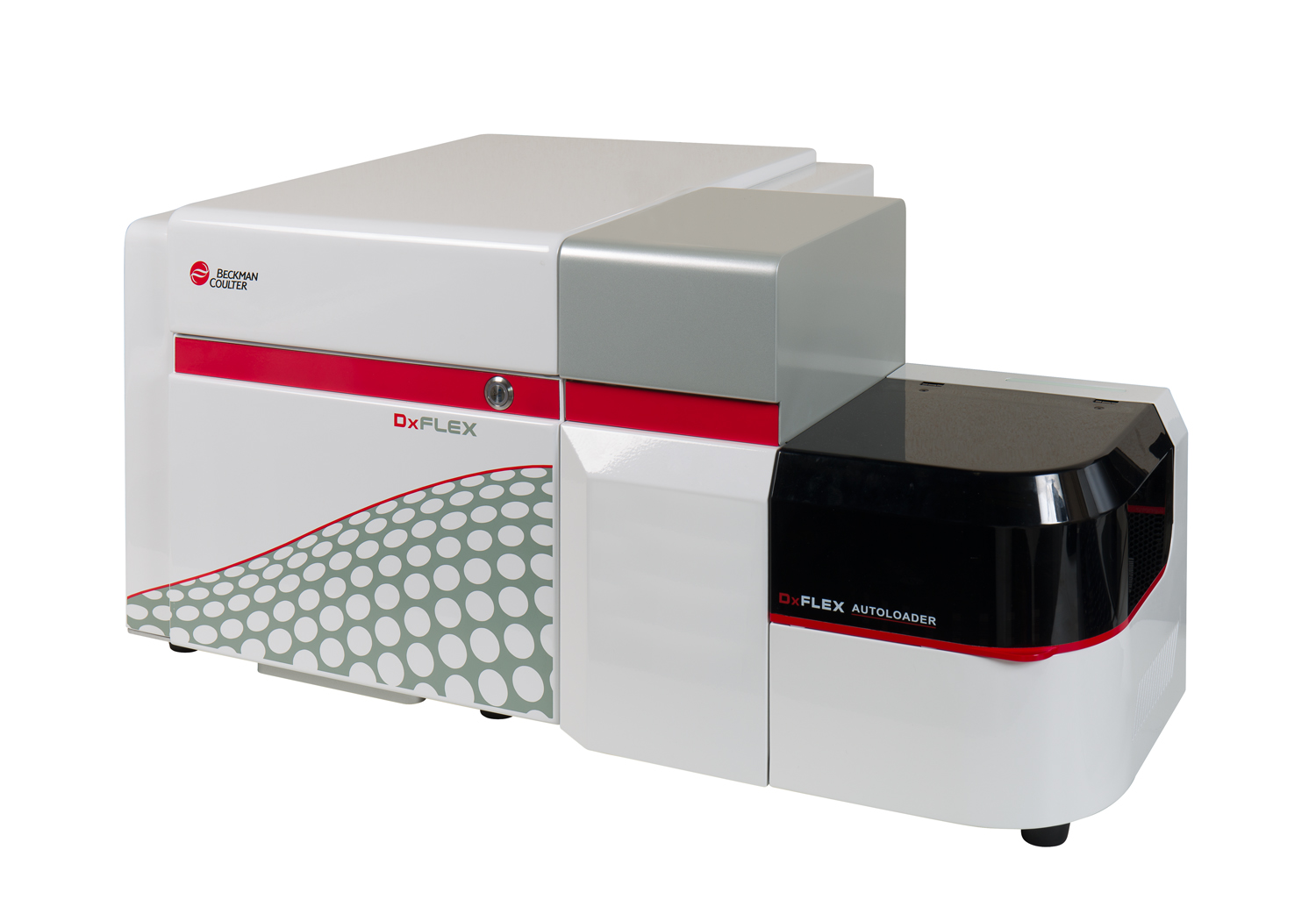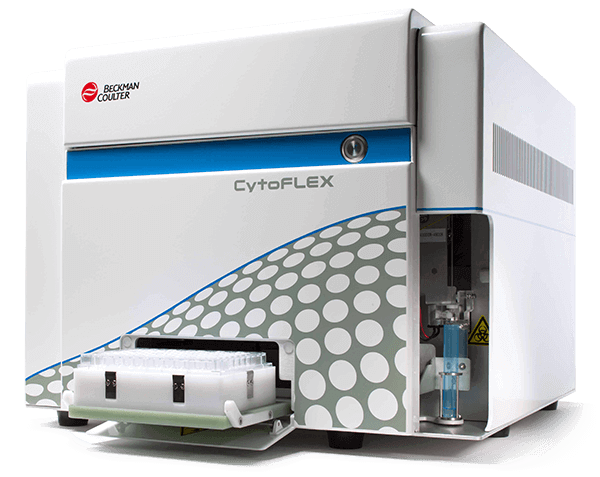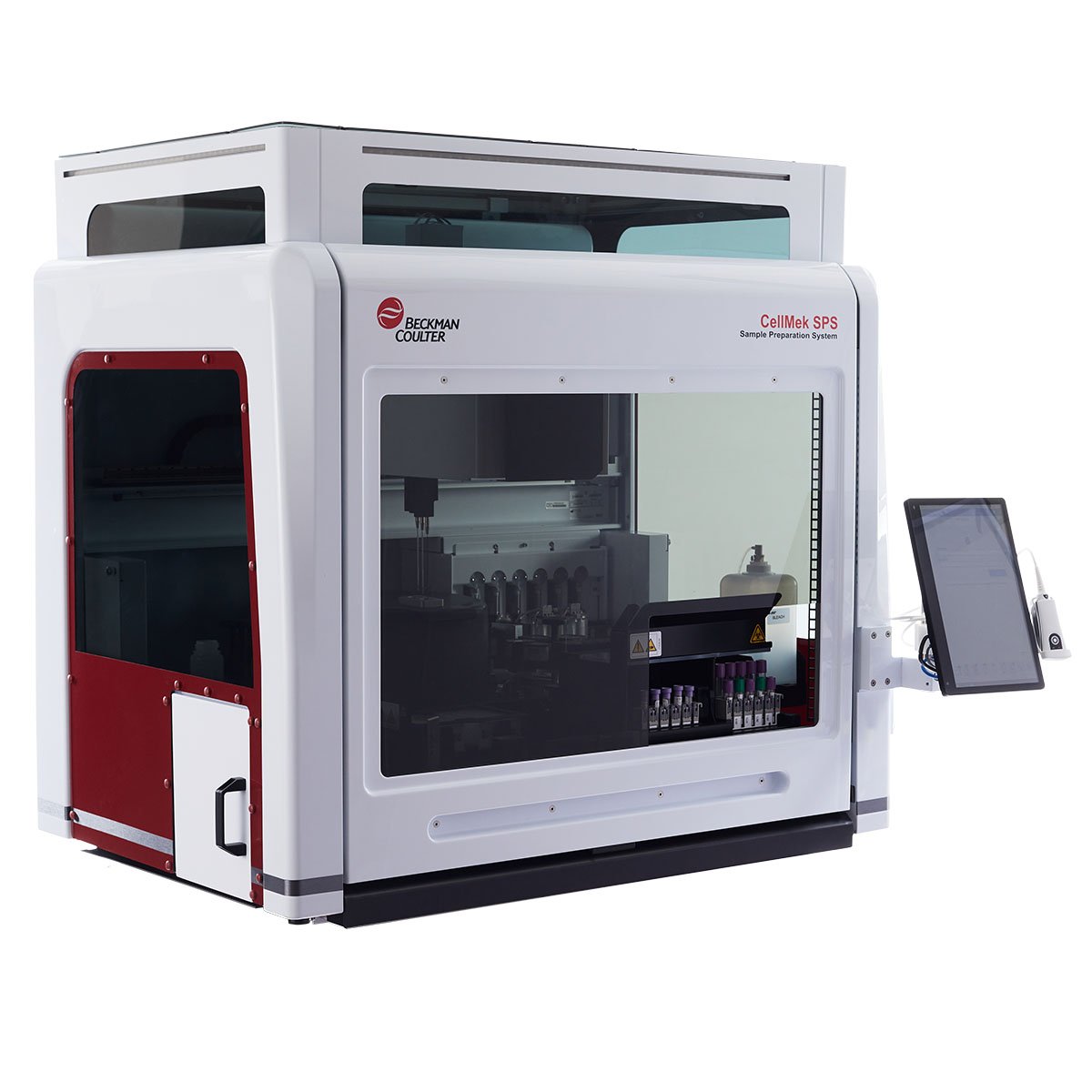TCR ζ Antibodies
The ζ subunit is a 16 kDa surface molecule associated with the T cell receptor. Its expression is restricted to T lymphocytes and NK cells. In T lymphocytes, the ζ subunit is expressed as a disulfide-linked homodimer of 32 kDa or as a disulfide-linked heterodimer with a 21 kDa subunit designated η. Both of these dimeric species are non-covalently associated with the remaining subunits of the CD3-TCR-antigen receptor complex. In NK cells, the ζ subunit is expressed as a disulfide-linked homodimer of 32 kDa or as a disulfide-linked heterodimer with a 12 kDa subunit. It is associated with the CD16 molecule (FcγRIII).
| Clone: 2H2D9 (TIA-2) | Isotype: IgG1 Mouse |
| The 2H2D9 (TIA-2) antibody recognizes a cytoplasmic epitope of the ζ subunit of the T lymphocyte receptor complex. It is suitable for immunoprecipitation, immunoblotting, and flow cytometric analysis of permeabilized cells. The TIA-2 antibody was evaluated during the Fifth International Workshop on Human Leukocyte Differentiation Antigens. TIA-2 antibody can be used to detect intracytoplasmic TCR-ζ in flow cytometry after permeabilization with digitonin. | |






